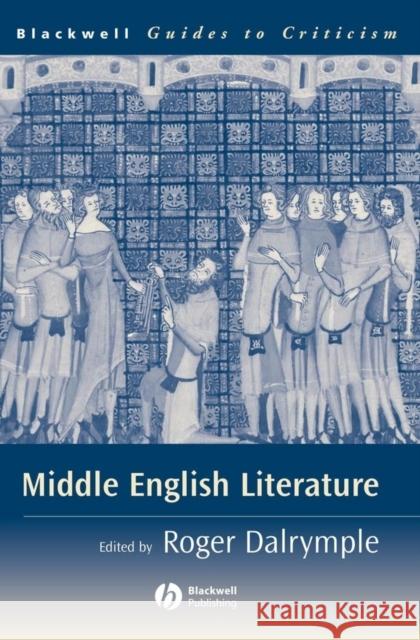Middle English Literature » książka
topmenu
Middle English Literature
ISBN-13: 9780631232902 / Angielski / Miękka / 2004 / 288 str.
Middle English Literature
ISBN-13: 9780631232902 / Angielski / Miękka / 2004 / 288 str.
cena 214,07
(netto: 203,88 VAT: 5%)
Najniższa cena z 30 dni: 213,19
(netto: 203,88 VAT: 5%)
Najniższa cena z 30 dni: 213,19
Termin realizacji zamówienia:
ok. 30 dni roboczych
Bez gwarancji dostawy przed świętami
ok. 30 dni roboczych
Bez gwarancji dostawy przed świętami
Darmowa dostawa!
Middle English is a student guide to the most influential critical writing on Middle English literature.
- A student guide to the most influential critical writing on Middle English literature.
- Brings together extracts from some of the major authorities in the field.
- Introduces readers to different critical approaches to key Middle English texts.
- Treats a wide range of Middle English texts, including The Owl and the Nightingale, The Canterbury Tales and Morte d'Arthur.
- Organized around key critical concerns, such as authorship, genre, and textual form.
- Each critical concern can be used as the basis for one week's work in a semester-long course.
- Enables readers to forge new connections between different approaches.











